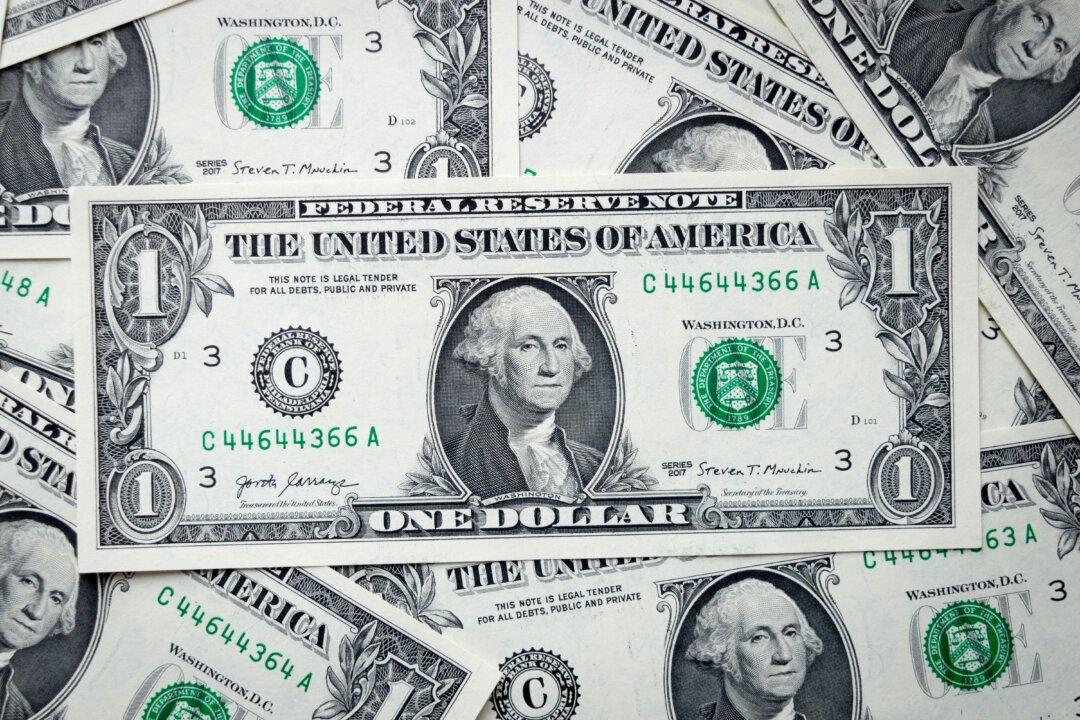The debt situation in the United States is looking increasingly precarious, and the country is on the brink of a fiscal crisis unless it takes steps to reduce its federal budget deficit and manage debt growth.
This is a warning from experts, including the International Monetary Fund (IMF), which said in a report last week that the astronomical increase in the U.S. national debt poses significant risks to the global economy, which also has the potential to further exacerbate high inflation.





